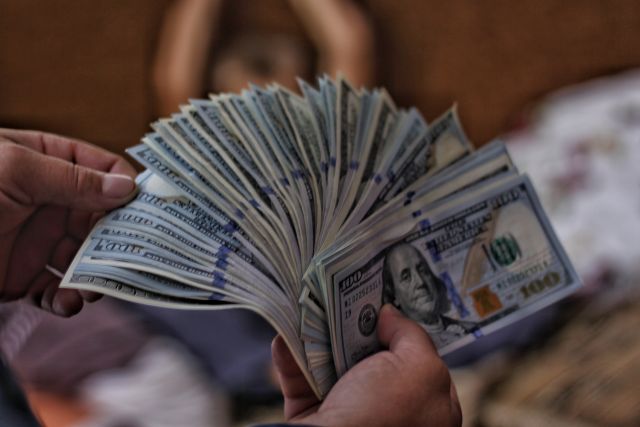Goldman Sachs Sees 8% U.S. Growth In 2021
This is up from a previous forecast of just 6.8%.
Great news from Goldman Sachs for America. The vaunted financial firm is forecasting as much as 8% growth for the U.S. economy this year, 2021, reports AXIOS. This is up from a previous estimate of just 6.8% growth in 2021.
America has not seen an eight percent growth rate since 1951. And this marks the third time that Goldman Sachs has raised its rosy prediction for America in the last few months. In January the Wall Street titan set the growth rate for the U.S. at just 6.6%. So they have raised expectations by 1.4% in just two months. And this is in spite of an average forecast among Wall Street firms of just 4.7% growth in 2021.
So what keeps happening to change the Goldman Sachs forecasts? The stimulus packages, of course. The $1.9 trillion American Rescue Plan (ARP) was passed into law last week. While it did not include a raise of the Federal minimum wage to 15$ an hour for all Americans, the package will still bring large economic growth. Under the plan, every American with an adjusted gross income below $75,000 is eligible for $1,400, and married couples filing jointly below $150,000 will get $2,800.
“We have raised our GDP forecast to reflect the latest fiscal policy news and now expect 8% growth in 2021 (Q4/Q4) and an unemployment rate of 4% at end-2021 — the lowest among consensus forecasts—that falls to 3.5% in 2022 and 3.2% in 2023,” Goldman said in a note sent to the firm’s clients.
And Goldman expects low inflation saying, “But we expect inflation dynamics to mirror those last cycle, and therefore expect this forecast to translate to only 2.1% core PCE inflation in 2023.” Secretary of the Treasury Janet Yellen has also gone on the record as expecting low inflation. This in spite of interest rates remaining low. The Federal Reserve has not raised rates and is not expected to do so in the near future.
This is important as interest rates have a direct effect on economic growth. Higher rates slow growth and are ordinarily implemented when an economy is overheated and inflations fears abound. Lower rates stimulate growth, but can cause inflation. But the ravaging of the world economies caused by the Covid crisis will likely stem any inflation as the extra money and growth will first need to counteract all of the economic contraction that the world economies suffered in the past year.
But on the down side the U.S. debt keeps on going up and up. As of today it is more than $21 trillion. The one good thing about inflation is that it devalues debt. And such high economic growth makes debt a smaller share of a nation’s GNP.
Read more about: Goldman Schs



